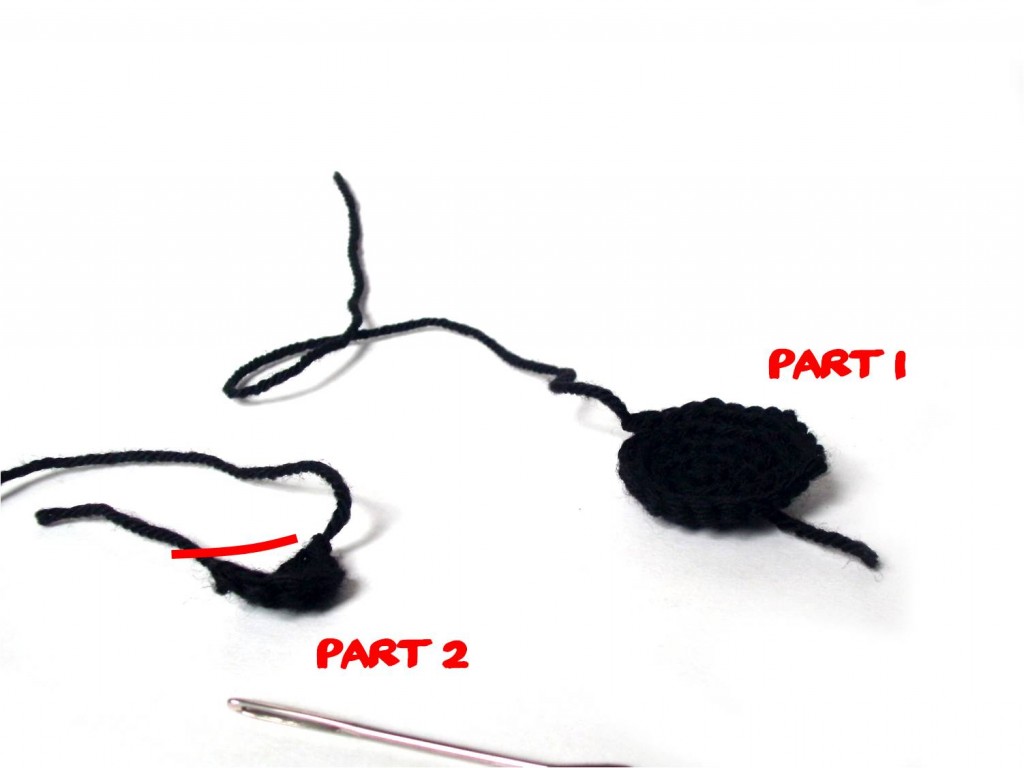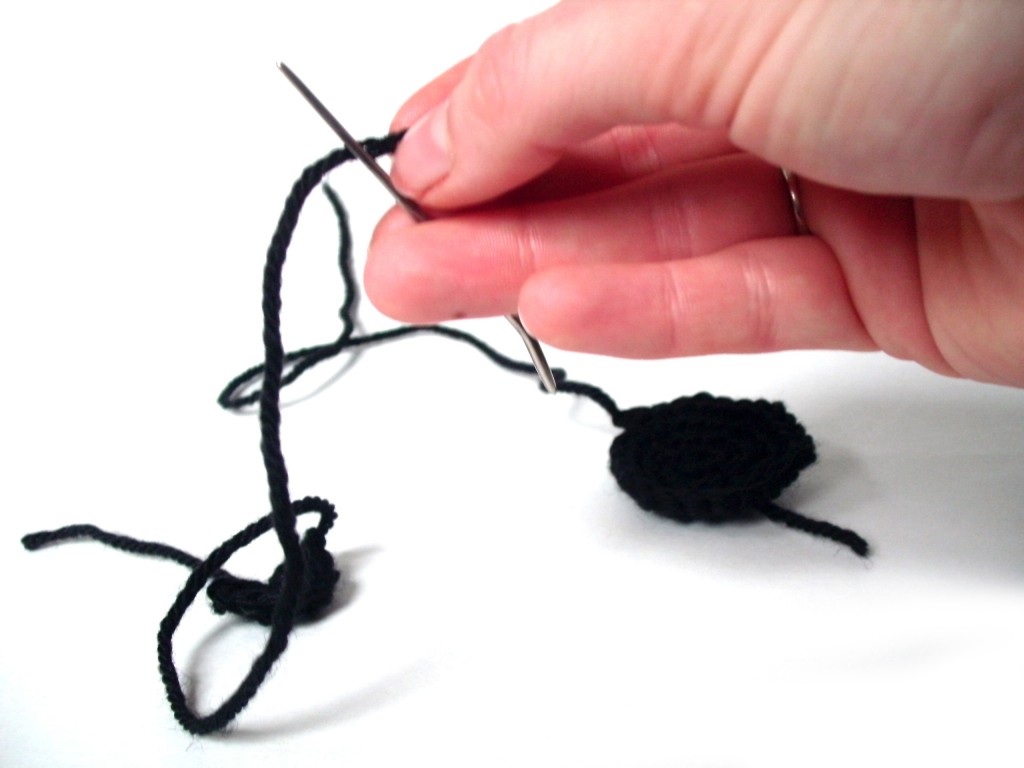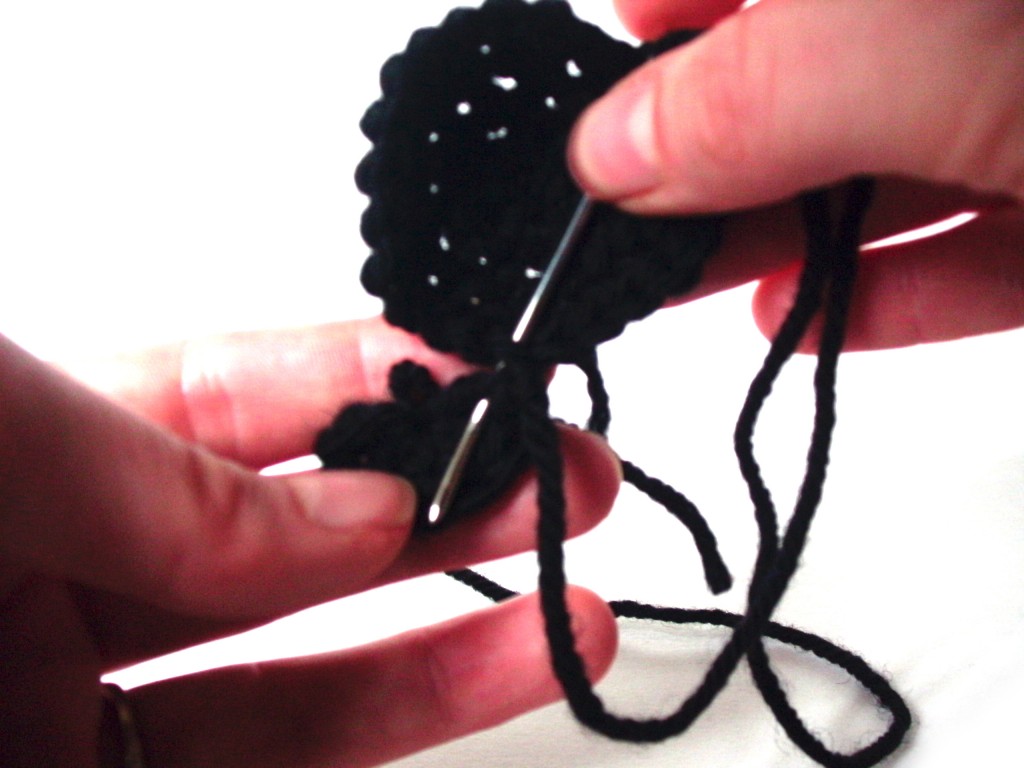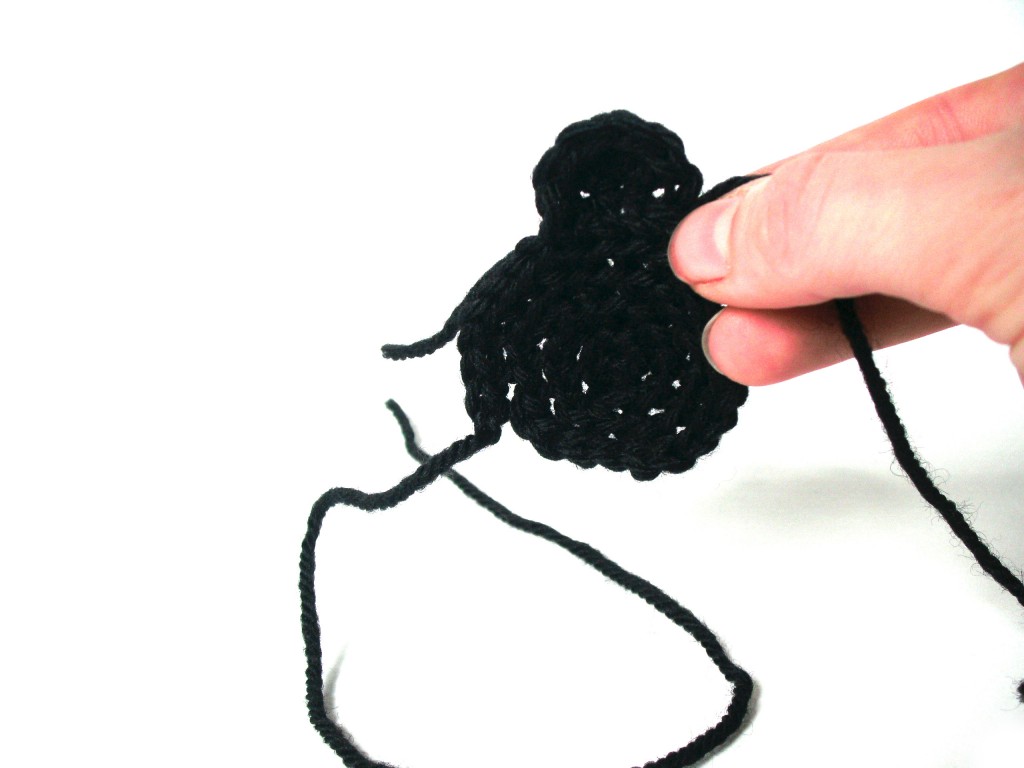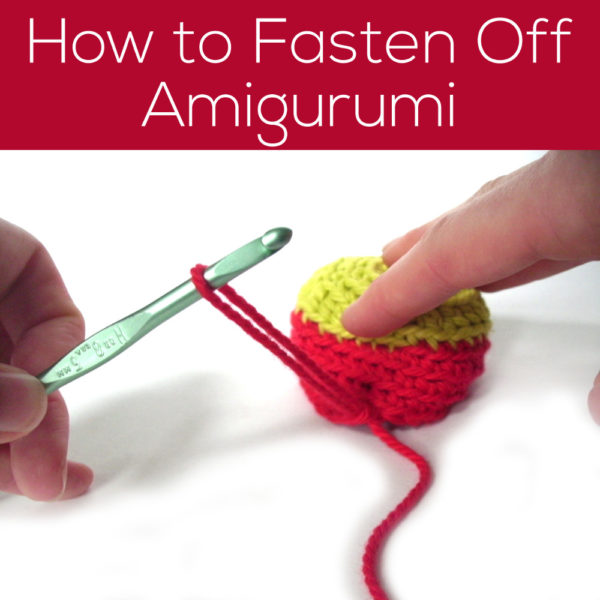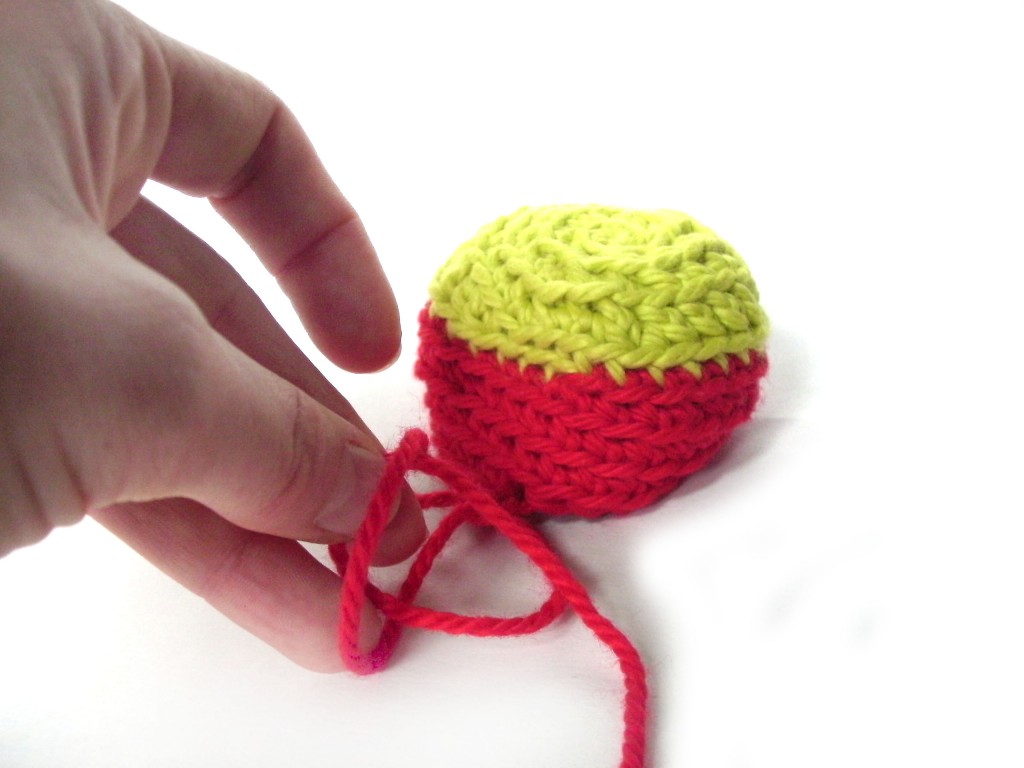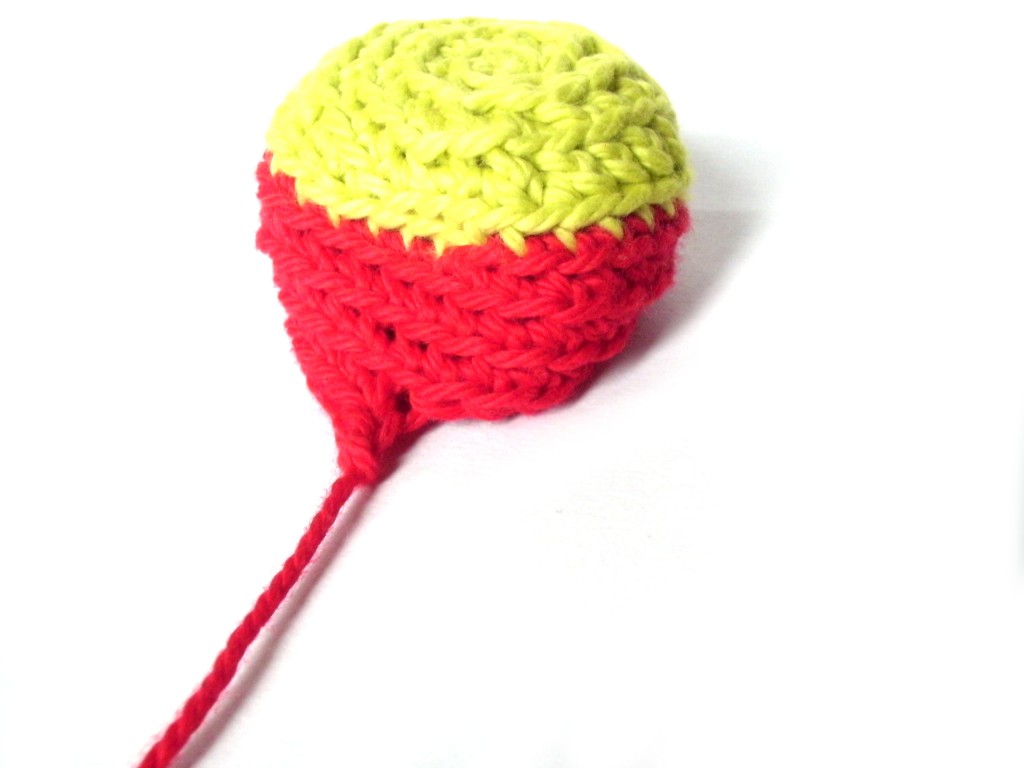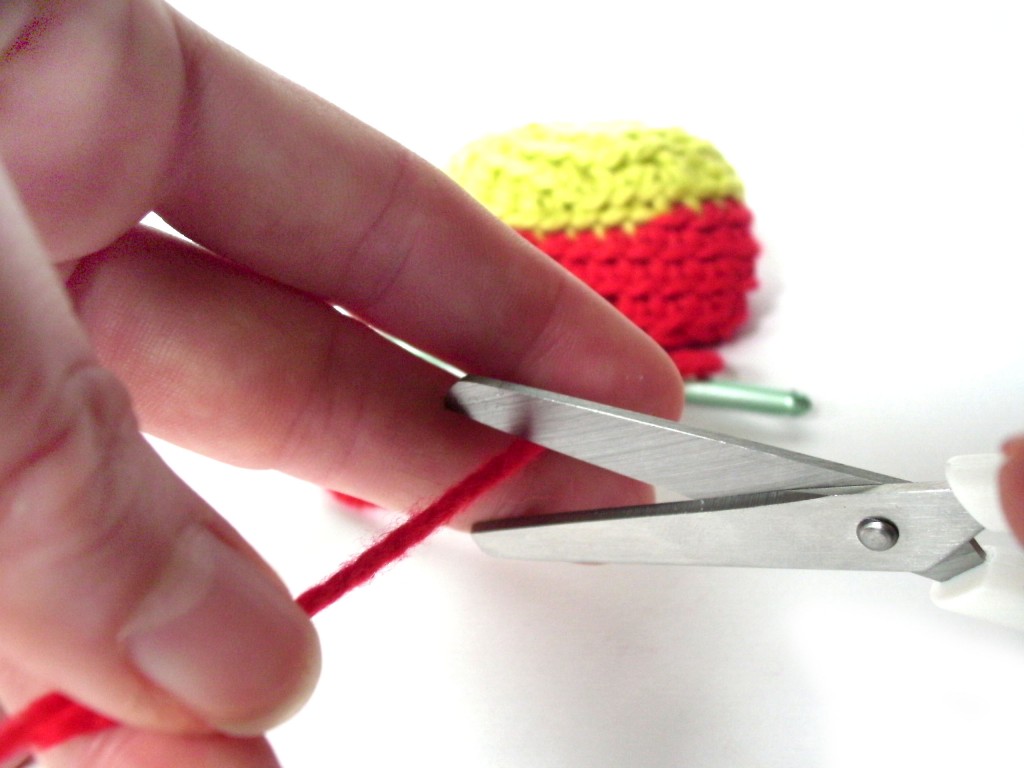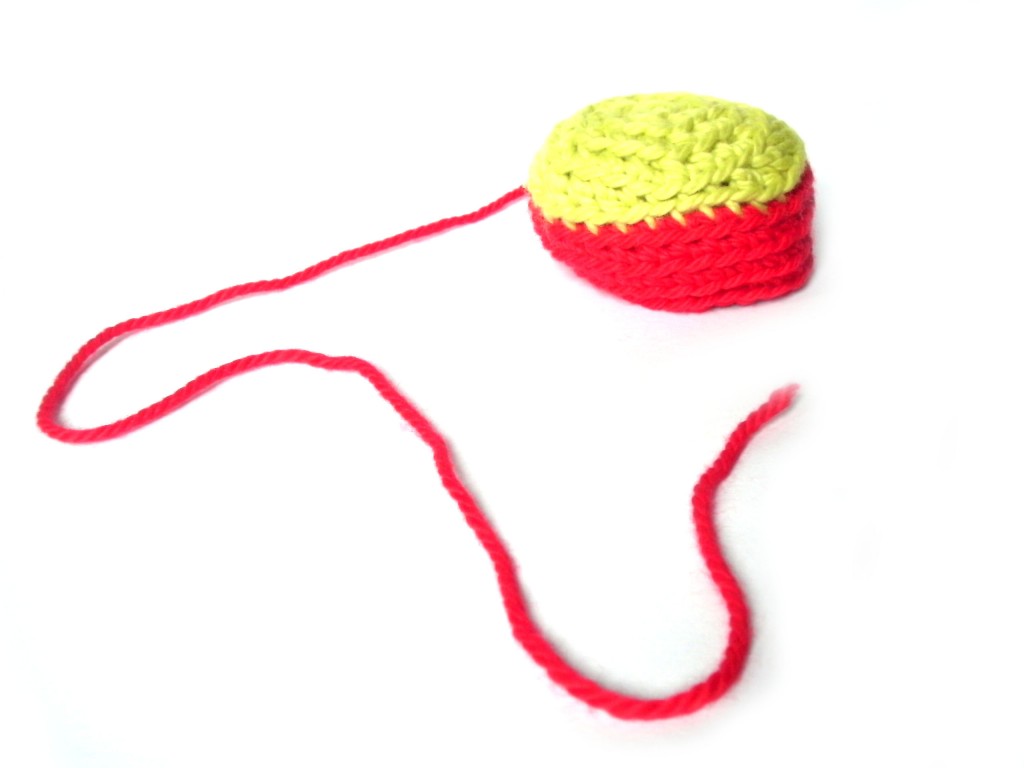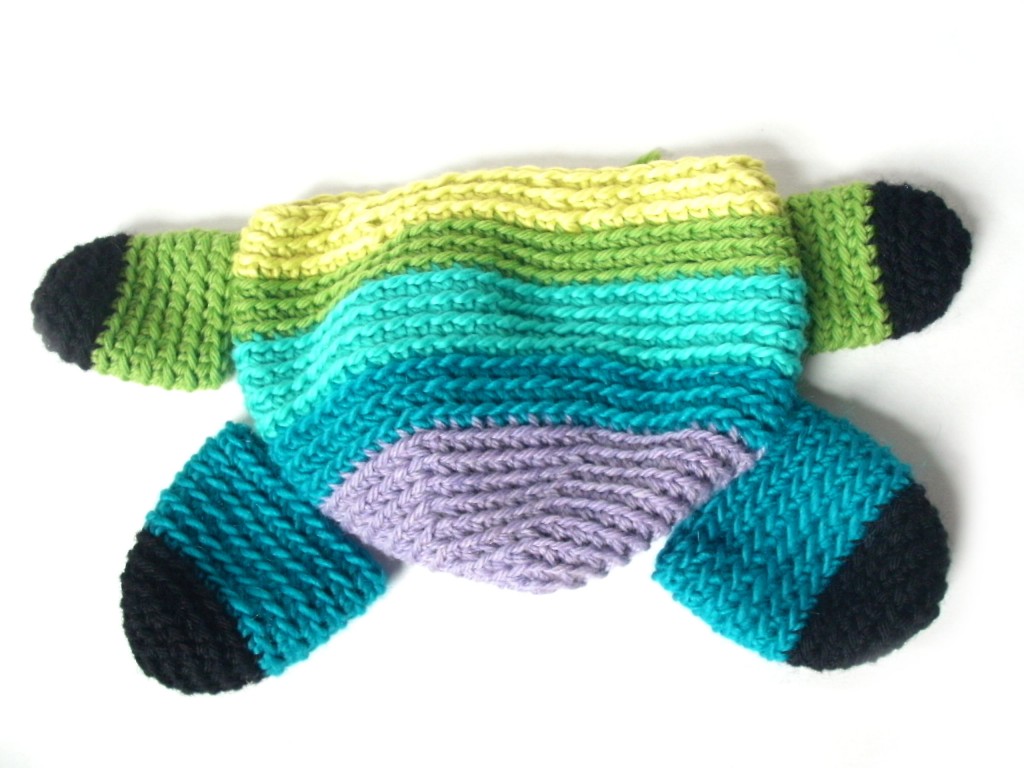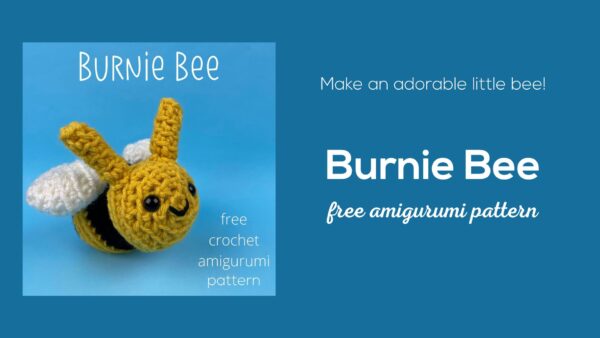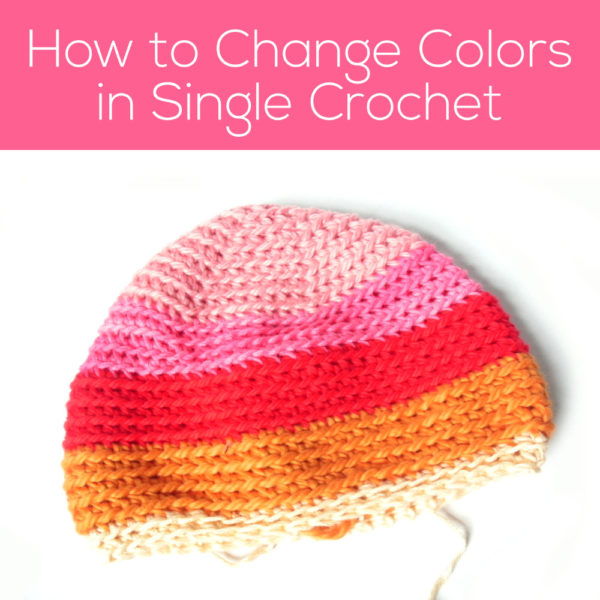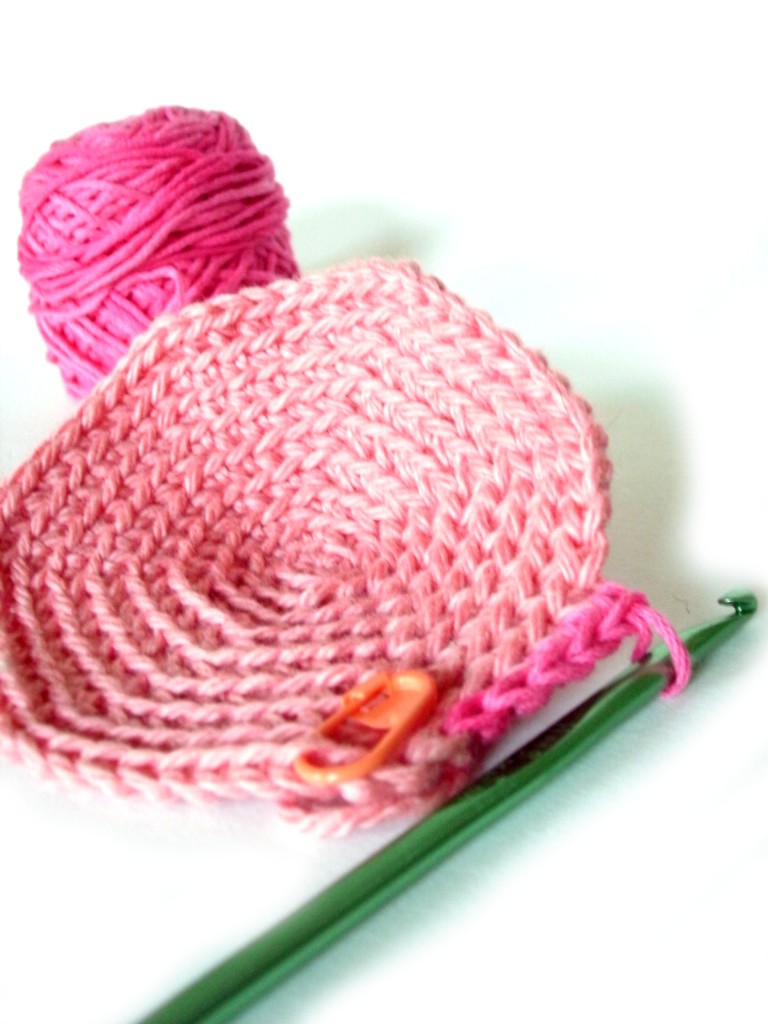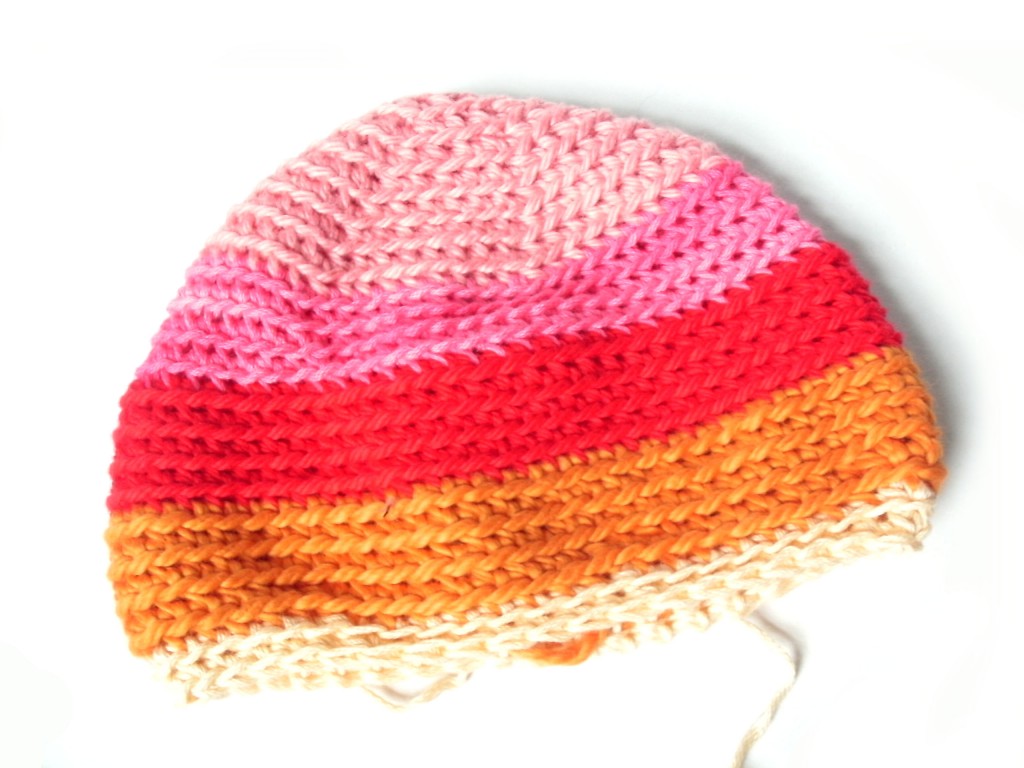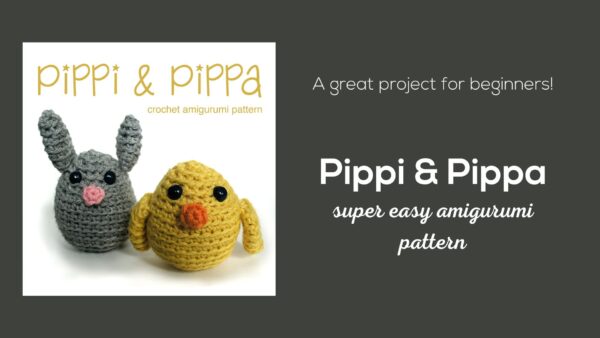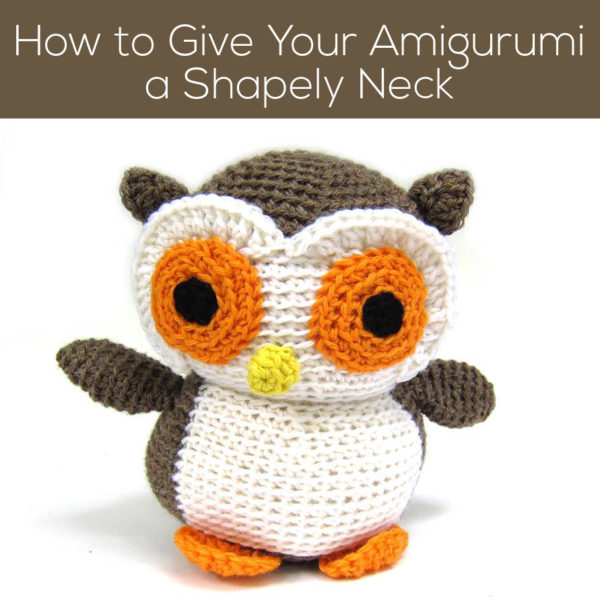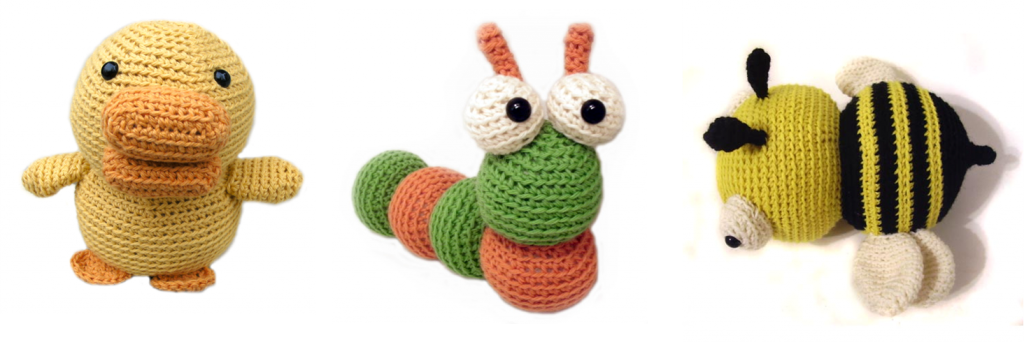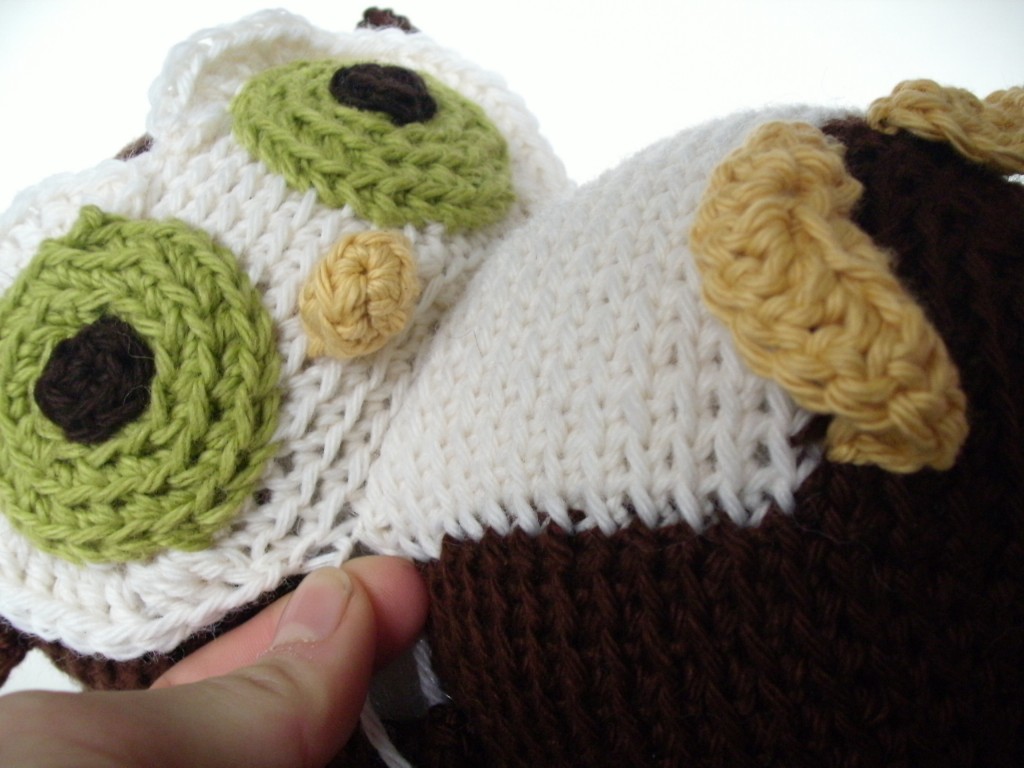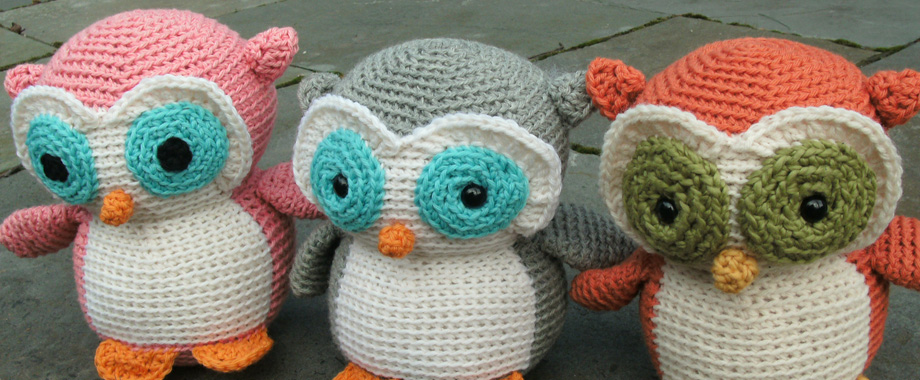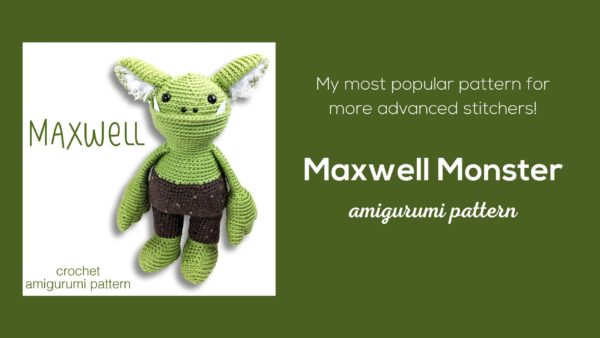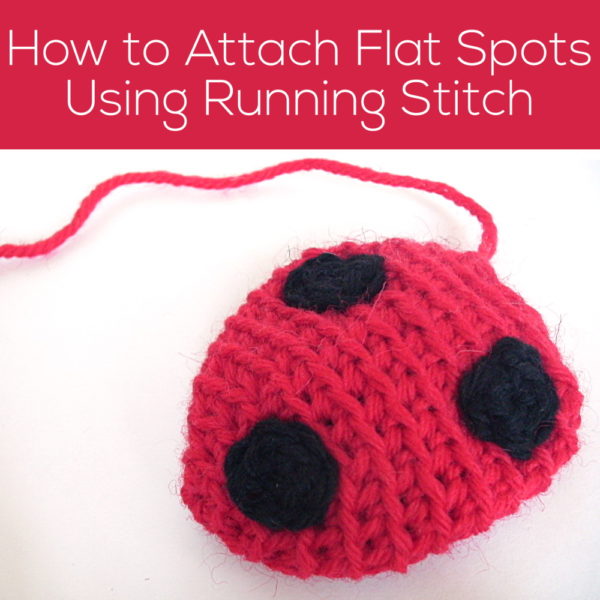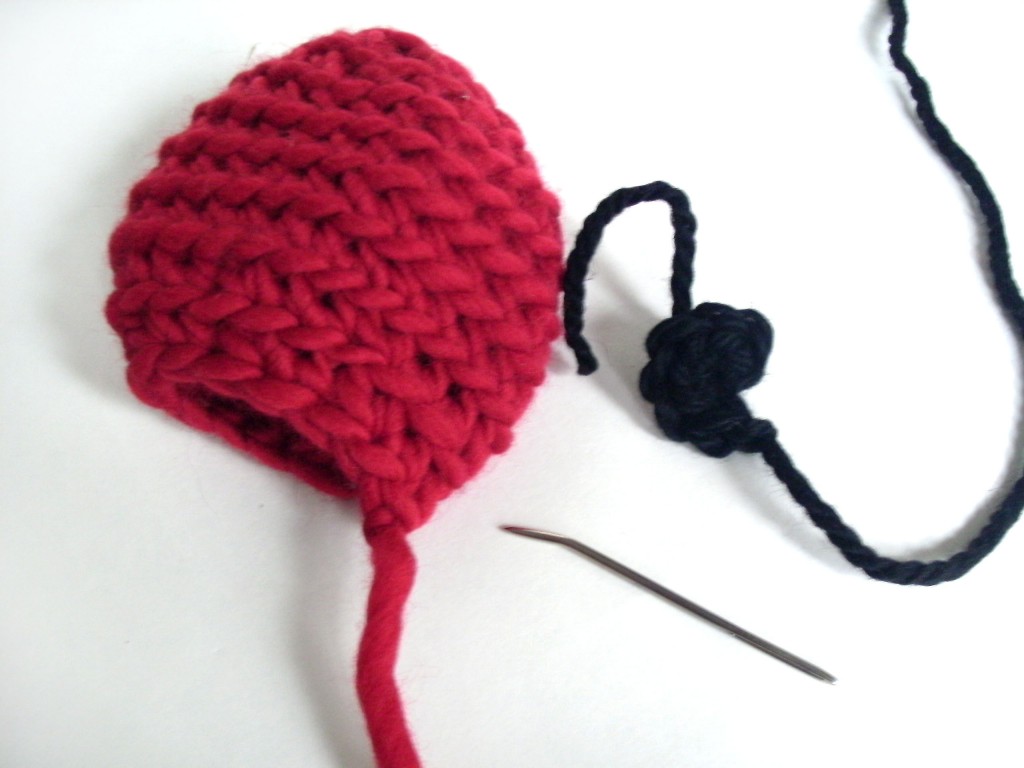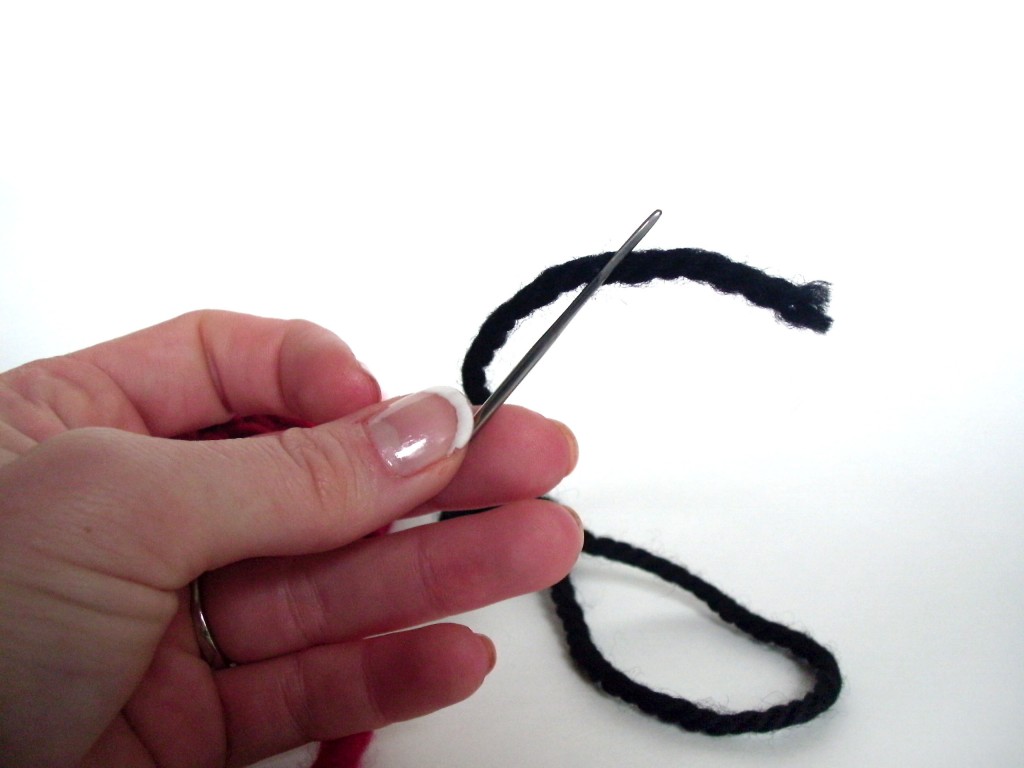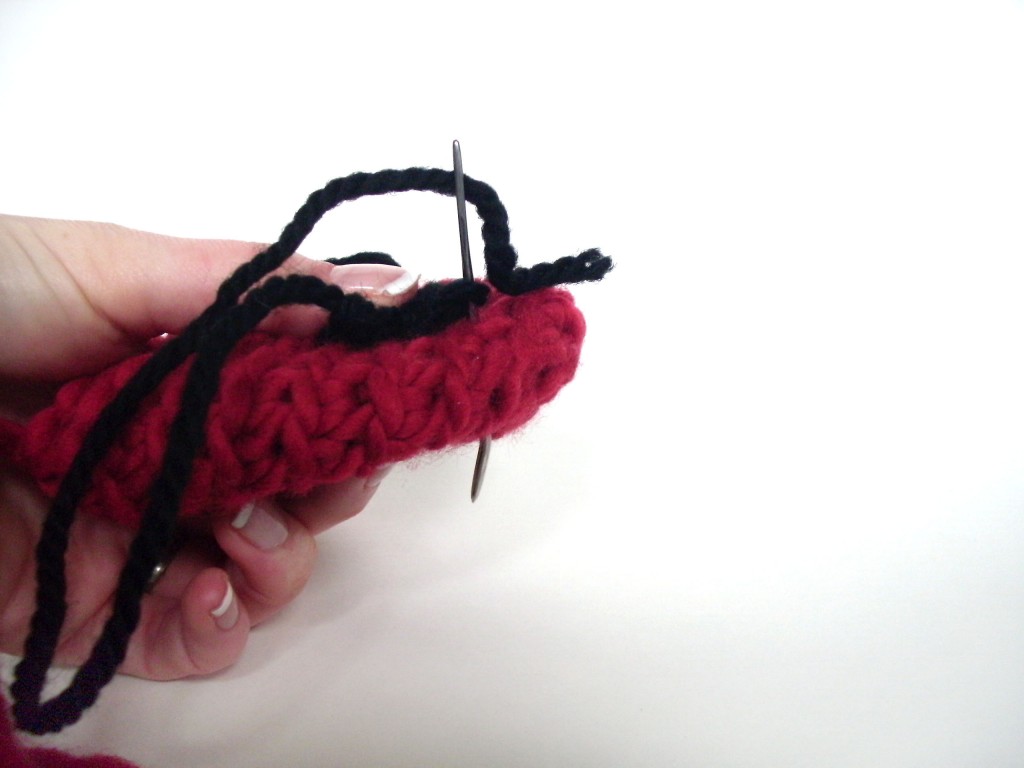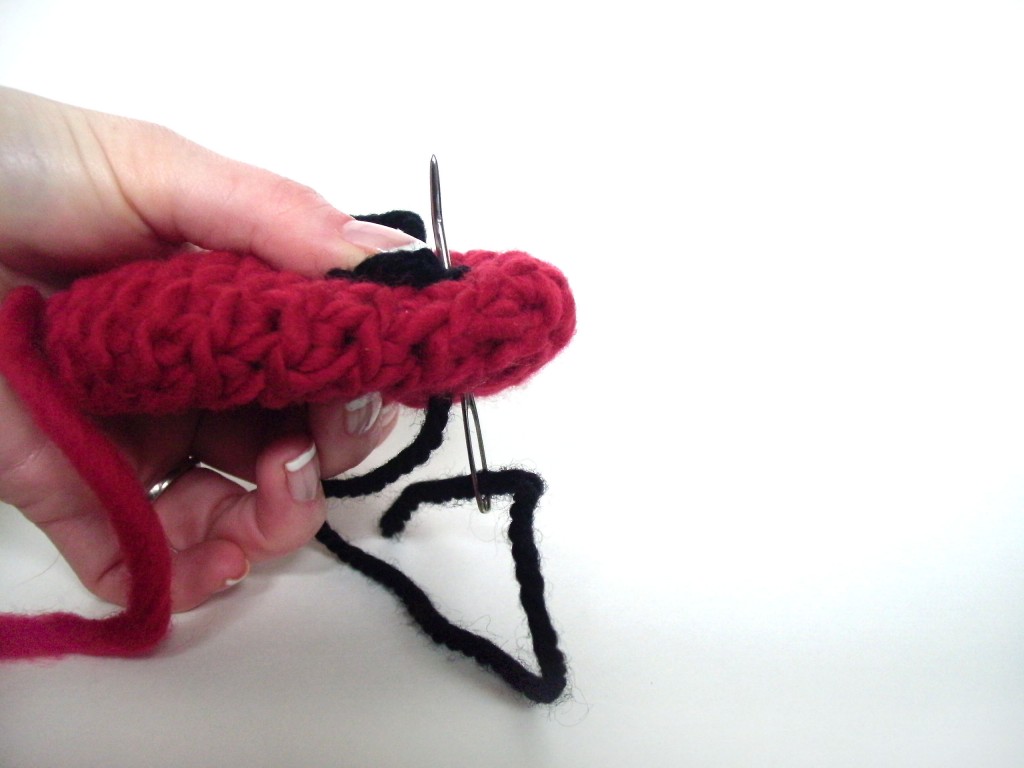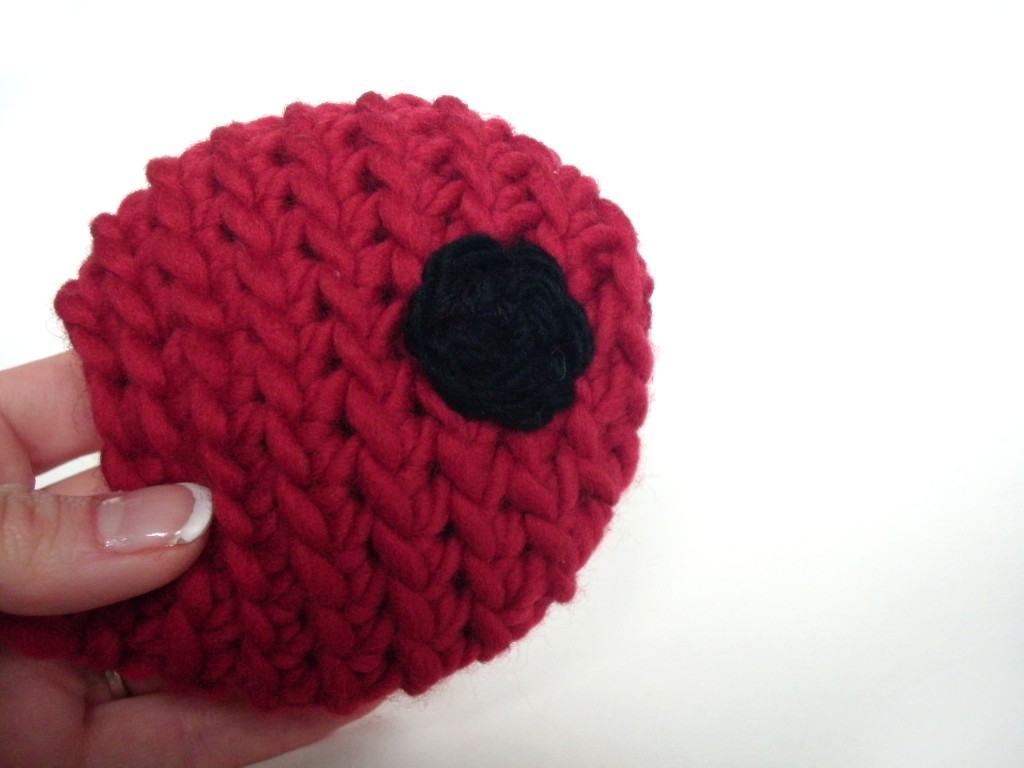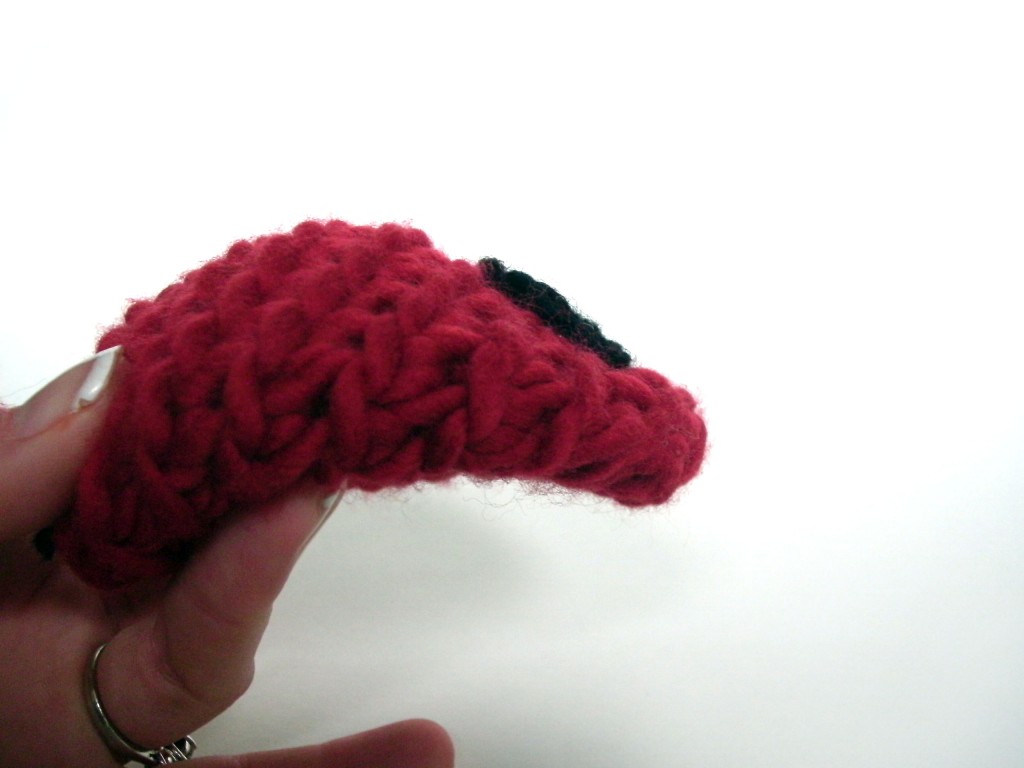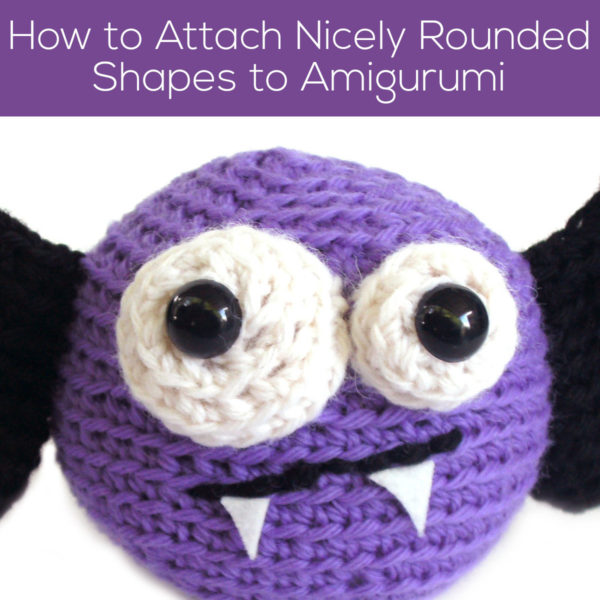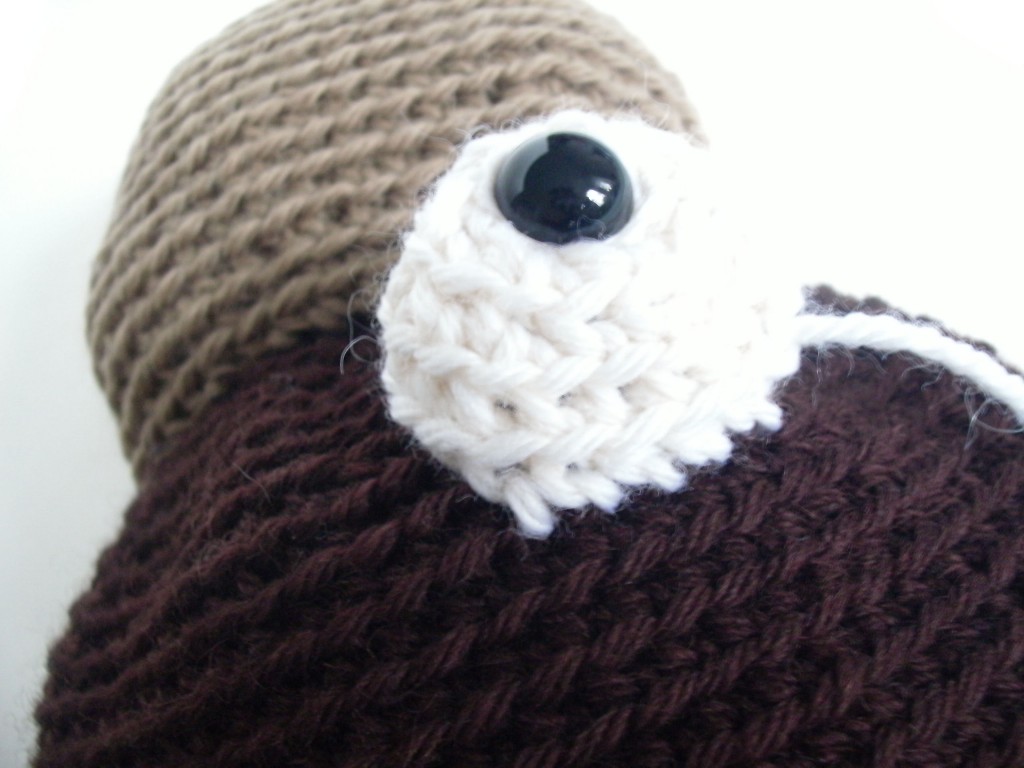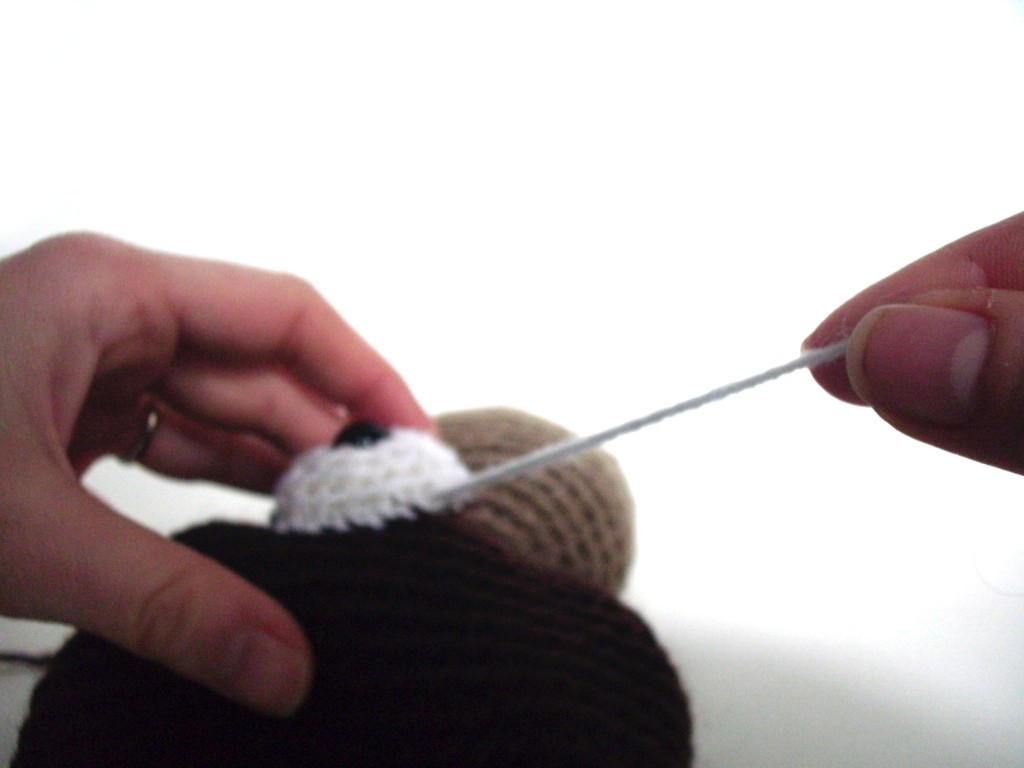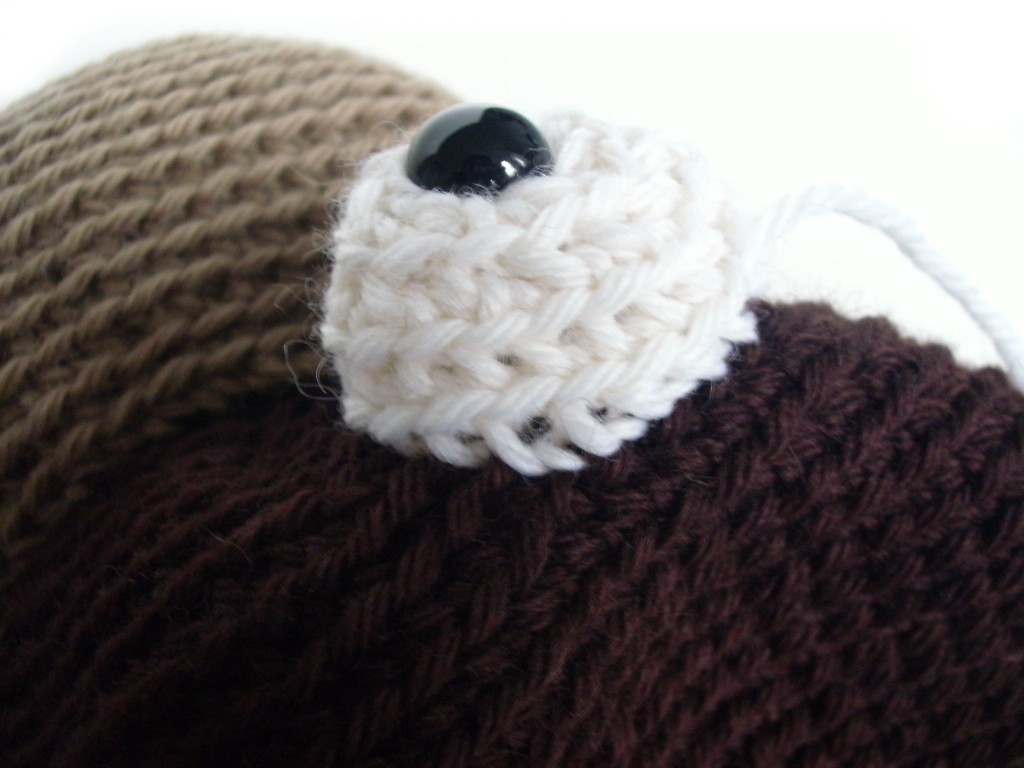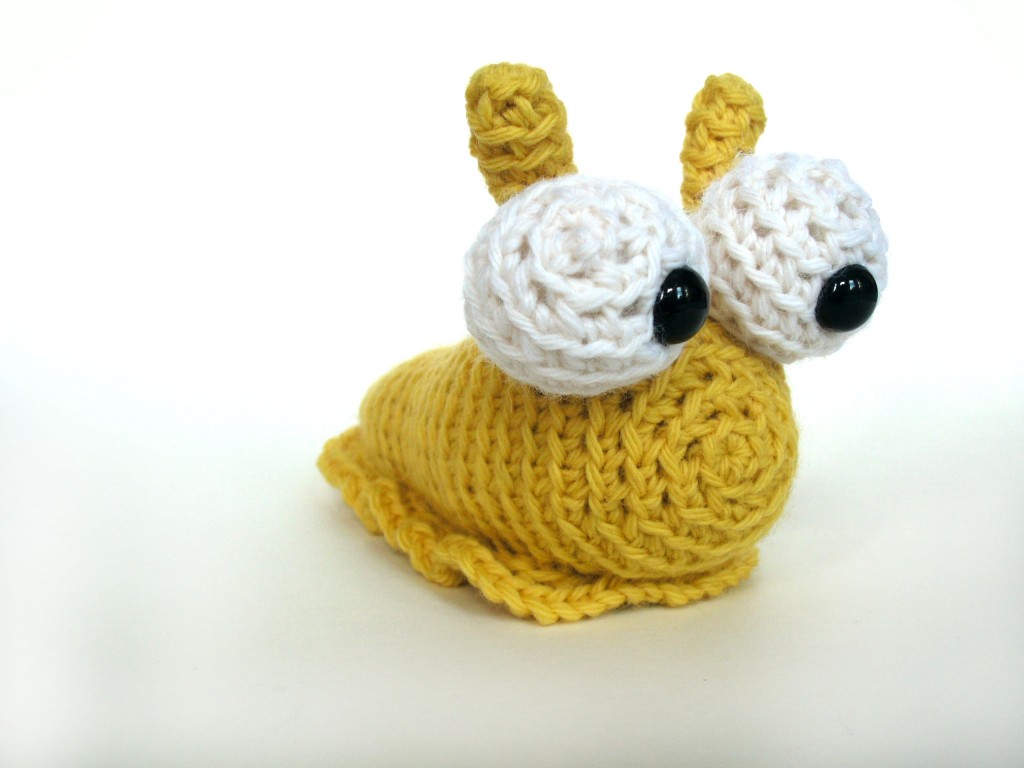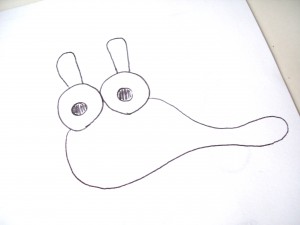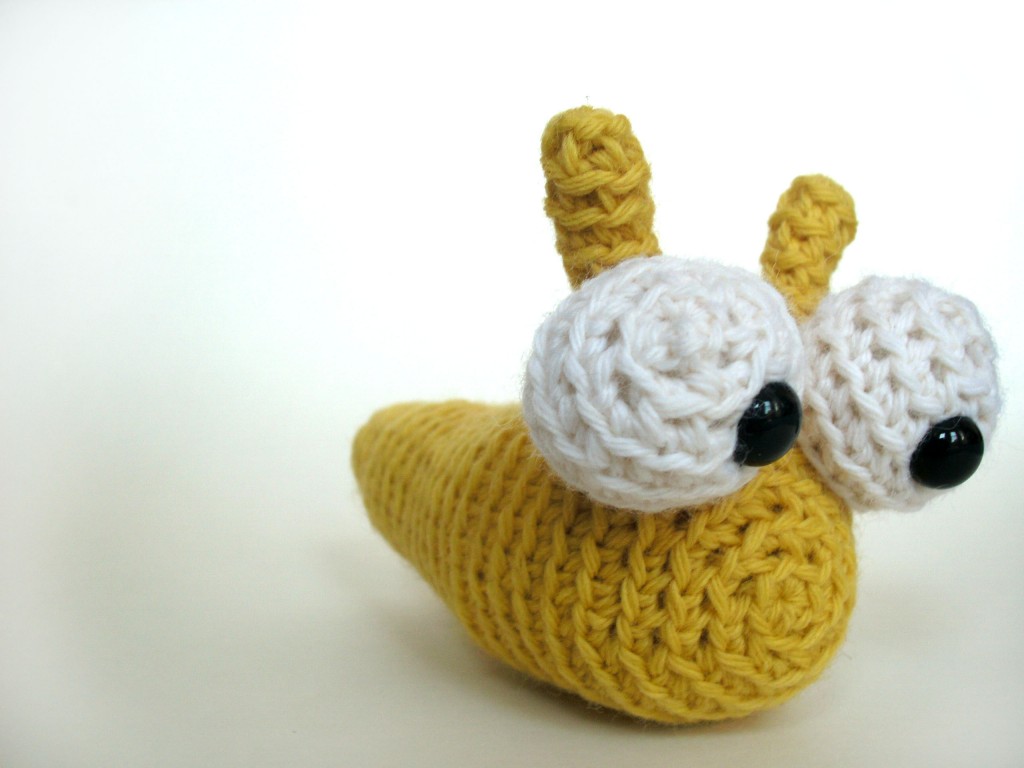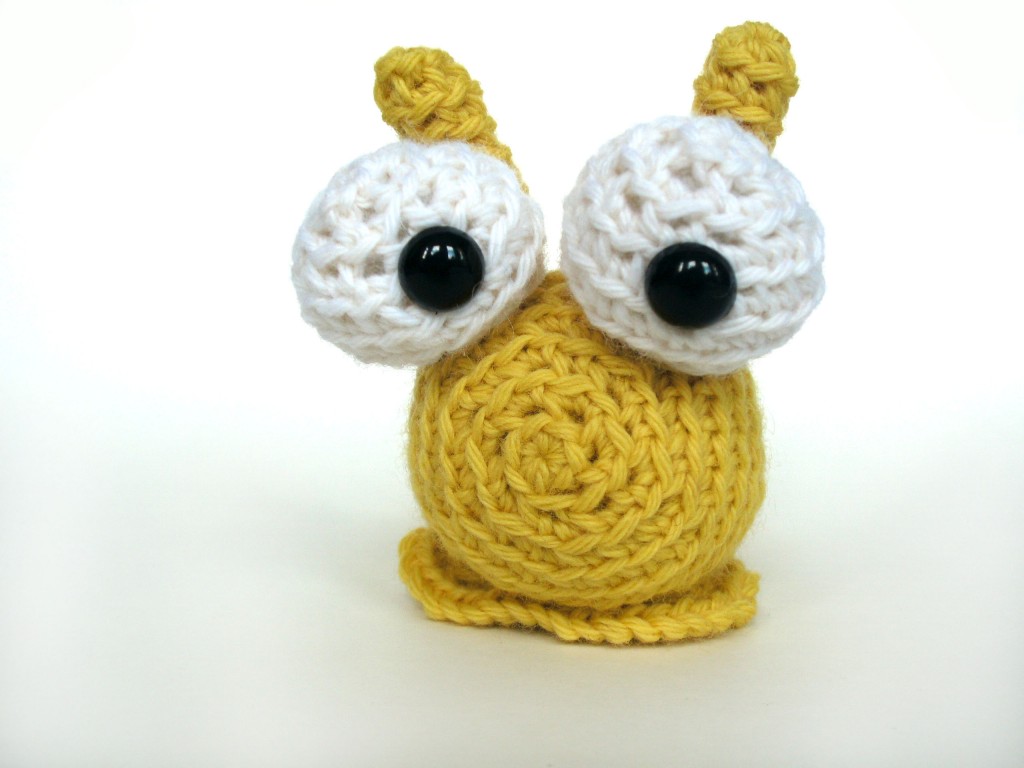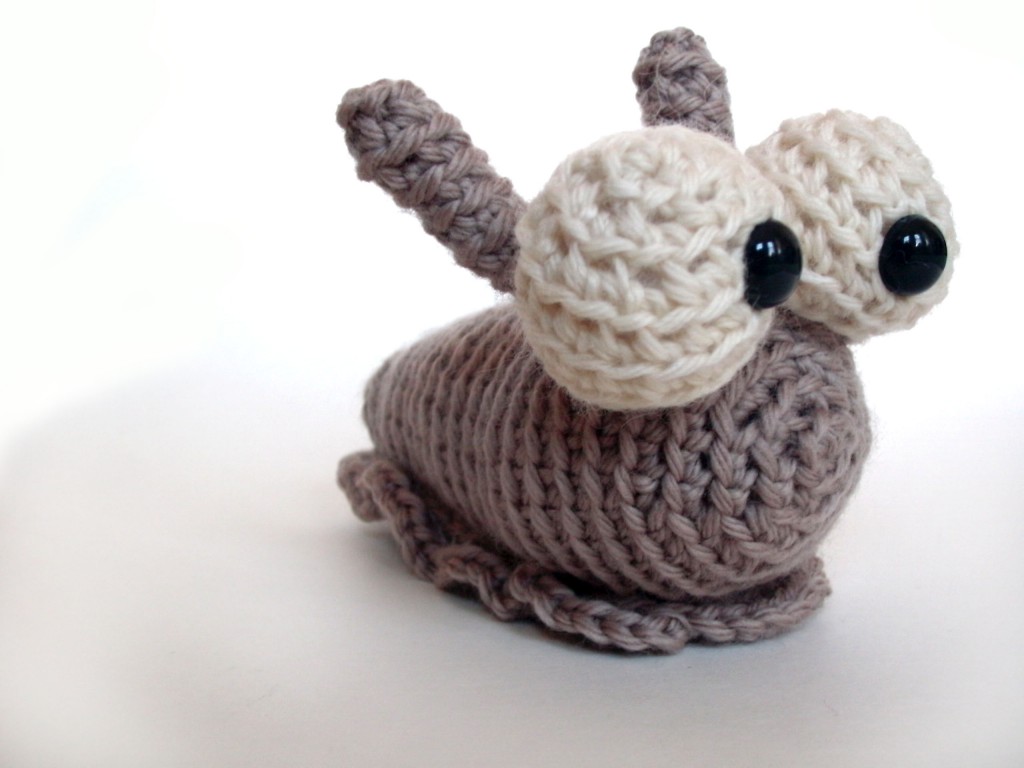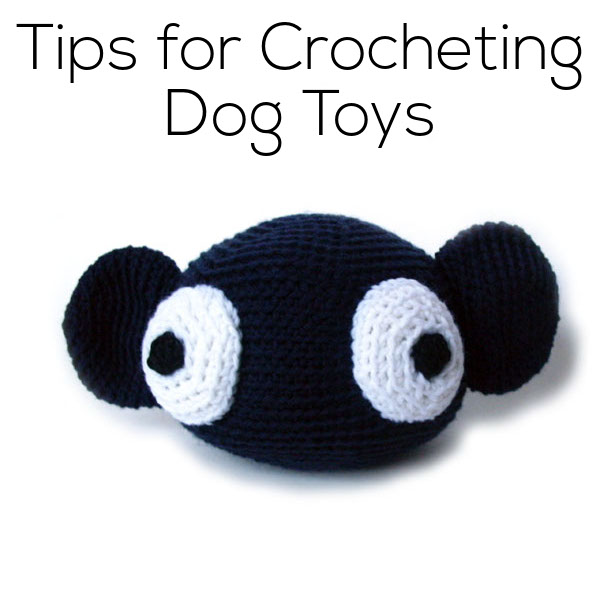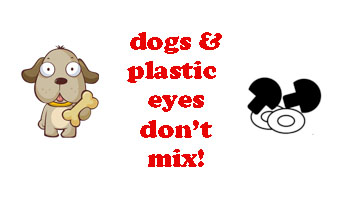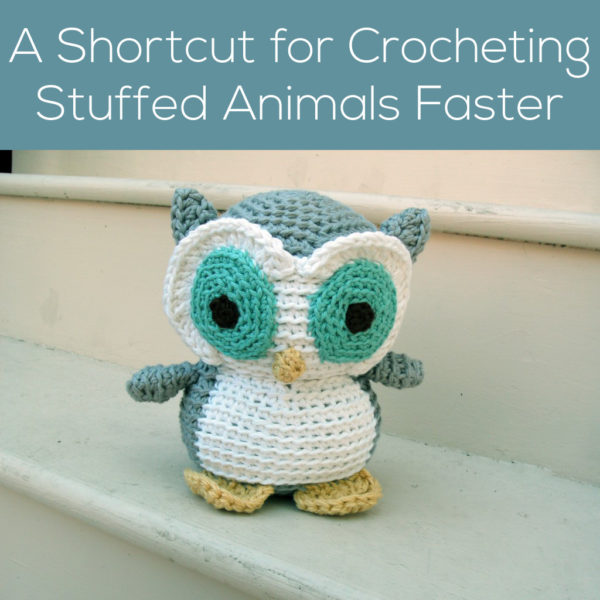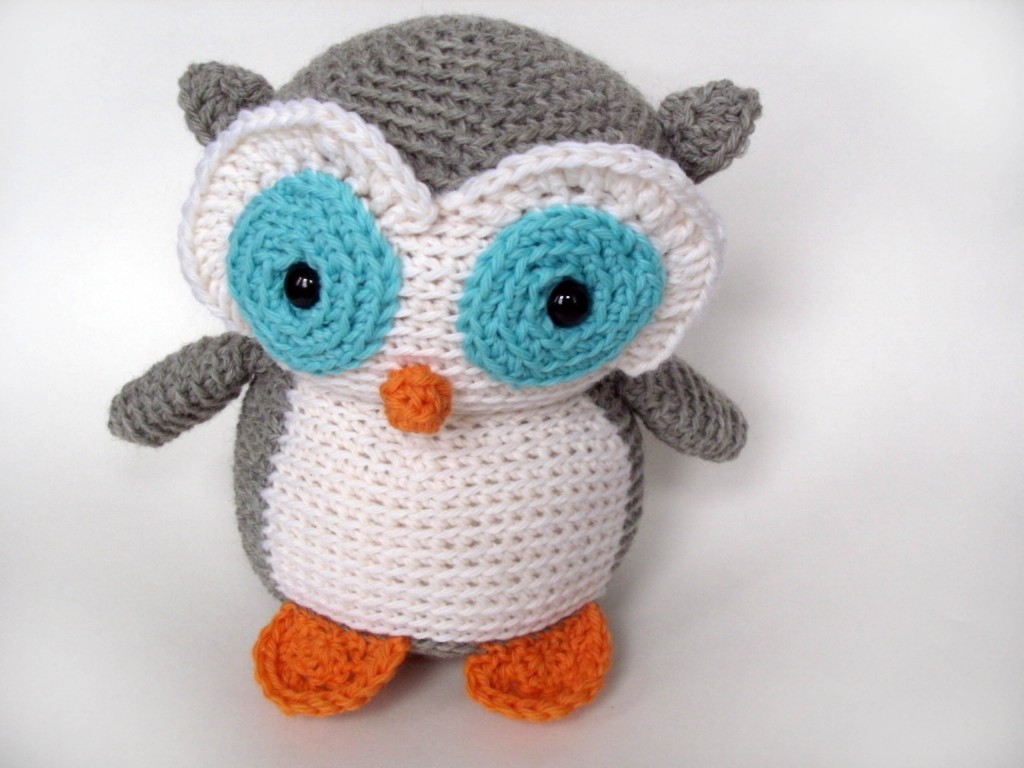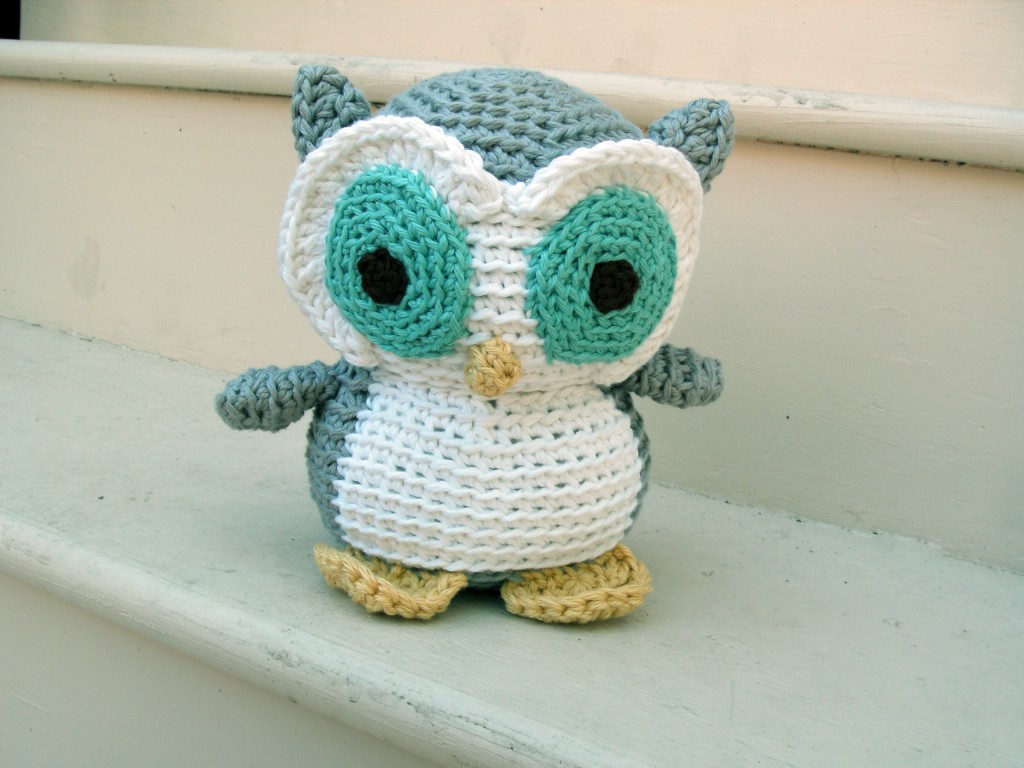I’m lovin’ the Cow Crochet-a-long… I’m already seeing some fabulous finished cows! Don’t forget that, to have a chance to win the awesome prize, you’ll need to post a photo of your cow either on our facebook page.
How to connect spots
For those of us who aren’t finished… the tips are still coming! Click here to check out all the previous posts. To this point, we’ve finished the crocheting, and we’re getting ready to start sewing pieces together.
Today, I’m going to show you how to make the spots… which are made by assembling 2 crocheted pieces. Here’s what they look like:
Let me label them (since they’re called part 1 and part 2 in the pattern) to help you out a little:
So, the instructions tell you to attach the flat side of part 2 to part one. Do you see the flat side? I’ve indicated where it is in the picture above with a red line.
So, let’s start! First, thread a tapestry needle with the long tail of part 2:
Now, use a whipstitch to attach the flat side of part 2 to part 1. Anywhere along part 1 will do!
When you’ve gotten to the end of the flat bit of part 2… you’re almost done! Your piece will look like this:
Yay! Doesn’t it look like a cow spot? Now, just tie a knot, and you’re done!
If all those ends are bothering you (’cause there are a lot!), feel free to trim them… but be sure to leave the long tail that’s on part 1. You’ll be using that tail to connect the spot to the body.
Hooray! On Thursday, I’ll shop you how to attach the cow’s limbs easily and evenly!







